|
Potpourri: a mixture, assortment, collection, selection, assemblage, medley, miscellany, melange, mix, variety, motley collection . . . . . . (Ref: Google Dictionary) A motley collection for the beginning of spring, a post that starts at Sweetwater Wetlands in early March (OK, I know, not really spring yet), then to Tubac and Patagonia, then back north to Agua Caliente and some nests . . . . . Sweetwater Mudflats . . . . . ** OK not really. We know it is Sweetwater Wetlands, but once a year the Tucson Water Department redistributes the water in the ponds in preparation for a controlled burn to reduce the mass of reeds before new growth in the spring. So, the "wetlands" become "mudlands" for a few days. These photos were taken on Sunday March 3rd, a day before the controlled burn. Let's start with a Sora. The Sora is a rail in the order Gruiformes, along with other rails, Cranes, the trumpeters of South America, the finfoots and the Limpkin (but hey, you knew that!). Within that order, the Sora is in the family Rallidae (Rails, Gallinules and Coots). This family grouping is the one you will likely find in texts and field guides. (References: Kenn Kaufman, Lives of North American Birds, David Allen Sibley, The Sibley Guide to Birds, Roger Tory Peterson, Peterson Field Guide to Birds of Western North America). The Sora is widespread and common across North America, wintering in SE Arizona, New Mexico and Texas, and south into Mexico and South America. Distribution maps put their breeding north of Tucson from northern Arizona into Canada. This bird stays out of sight among the reeds in marshes, often calling with characteristic whistles and whinnies, but rarely seen. However, the draining of the wetlands in preparation for the controlled burn exposed the mud floor of the basins, and brought this Sora out in the open to feed. Above a Sora with its characteristic yellow bill and short cocked tail looking for food. Below we get a good look at the raised short tail and can see the generous size of their feet in the mud tracks. Below, the body and tail don't look ideal for flight, but these birds do migrate long distances into South America for the winter. This image shows the size of the feet, ideal for grabbing reeds in the wetlands. Next, an Orange-crowned Warbler on a cattail. Orange-crowned Warblers winter south of us in Mexico, and breed north of SE Arizona into Canada - so this bird may be a migrant. Although they are named "Orange-crowned" the orange crown is rarely seen, and then only when the bird is excited and raises its crown feathers. They eat mostly insects supplemented with fruit, berries and seeds. It seems to be eating seeds in the cattails, although there could be insects in there as well. Hawk Watch in TubacA Black Vulture in flight just east of Tubac One of the rights of spring in SE Arizona is the March Hawk Watch in Tubac. If you have been there, you will understand that this is another kind of March madness! See my post from March 2017. Every spring raptors migrate north from their winter homes in Mexico and parts south. This migration is followed very closely by the Hawk Migration Association of North America. There are 200 HawkCount sites in North America, one of them is in our own backyard here in Tubac, at the Ronald R. Morriss Park on the Santa Cruz River. On any given day during the month, there are dozens of hawk watchers at the park from dawn to dusk participating in the count. Hawks come north from Mexico into the U.S. resting overnight near the river, waking up in the morning, and generally moving into the air between 9 and 10 am, as the desert floor heats up producing thermals. We made our yearly pilgrimage on March 19th, and I captured two images of note. Above is a Black Vulture. These are large raptors with bare heads and white feathers at the wing tips that looks like "mittens." Black Vultures have white mittens. Their range is throughout Mexico, Central and South America and the SE United States, just coming north over the border into Arizona, but not into Utah or Nevada. Below is a Common Black Hawk, soaring high and difficult to photograph! Common Black Hawks live well to the south of us, with only an estimated 250 mating pairs in the United States breeding in Arizona, Texas and New Mexico. They live and hunt near wooded streams, eating fish, frogs and lizards. In the image below we see that the bird has broad wings and is all black except for a white band on a short tail and white spots at the base of the primaries in flight. Patagonia LakeFemale Pyrrhuloxia, Patagonia Lake State Park. After the Hawk Watch we ventured east to Patagonia Lake State Park, and walked east on the Sonoita Creek Trail. For more on the park and the trail see my post from February 2018. Above and below is a female Pyrrhuloxia, perhaps a juvenile, given the large head in relation to the body. Just a guess. The Pyrrhuloxia is a close relative of the Northern Cardinal, with a range limited to the desert southwest, sticking to the southern border of Arizona, New Mexico and Texas, and south into Mexico. Here we can see a distinguishing feature, a curved bill or culmen, which makes the bill a great nutcracker. Our walk by the creek was marked by many sightings of Ruby-crowned Kinglets, small hyperactive songbirds that move very fast in the low growth close to the stream. They are very hard to photograph. Below is my best image, taken at some distance. Fortunately I was able to capture the ruby crown which is usually not visible. Note the broken white eye-ring and rear wingbar edged with black. Nesting at Agua CalienteAnna's Hummingbird, on her nest. It is spring nesting time at Agua Caliente, in the Tanque Verde Valley on Roger Road. Above is an Anna's Hummingbird sitting on her nest, not far from the main pond. For this species the female does all the work. The male provides his genetic material, then disappears. The female builds the nest out of bits and pieces of leaves and twigs with a big component of spider webs, which can be seen on close inspection in the images above and below. The clutch size is always two eggs, and as the young grow the nest expands to accommodate their increasing size. Like having a house built of spandex. I hope for more images of hatchlings later this month. Below, two images of a female Vermilion Flycatcher sitting on her nest, and the male, not too far away. Her presence is intermittent, probably indicating no eggs yet, but hopefully soon. Unlike the Anna's Hummingbird, the male is a major helper for his mate, helping with the nest, and feeding mom while she sits on the eggs. The final spring entry, a female Phainopepla sitting on her nest. These are striking birds of the southwest, the male a silky black with a crest. They are seen around Tucson mostly in the winter, feasting on mistletoe berries in Mesquite trees. This is the first nest I have seen. It is located about 4 feet above the ground, deep in a mesquite tree. Below, the female is sitting on the nest earlier in March, incubating her clutch. Below, a hatchling. There may be two, it is hard to see from this angle. The nest is very well built and deep. The morning sun transilluminates the chick. "I am hungry! Where's breakfast!" Below, mom returns, and feeds her hatchling in the second frame. The image below shows what is probably early feather growth on the hatchling's head. That's all for now! Stay tuned, spring is just beginning, more good stuff to come! Happy Trails!
1 Comment
March 16th morning walk with Jeff Babson at Agua Caliente, we spotted a hummingbird nest, with a female Anna's Hummingbird sitting on the nest off and on, as well as tending to it. This nest matches the excellent description on the Cornell Lab of Ornithology site, "The female builds the nest out of plant down and spider webs, sitting in the nest and building the cup rim up around her. Nests take around a week to build and are 1 inch tall by 1.5 inches in diameter. They may be built of cattail, willow, leaves, thistle, or small feathers and bound together by spider webs or insect cocoons. They may decorate the outside with lichens, mosses, or even paint chips." Above we can see her tending to nest construction. Her choice of building materials allows the nest to expand as she lays her eggs and the chicks grow. This nest is no bigger than a golf ball, situated at a Y-shaped branch - tough to spot and equally difficult to find again once binoculars or camera is lowered! For photo geeks: The image directly below was captured on the 16th, handheld without flash. The image above was captured on the 21st, when I returned with tripod, gimbal mount, remote shutter release, and flash with a Better Beamer. Image above Canon 7D Mark II, Sigma 150-600 C series at 600 mm, ISO 200 1/125th at f/10, Canon Speedlite 580EX II with Better Beamer, output lowered 2 stops, on tripod. All images below handheld from the 16th. Lucy's Warbler Lucy's Warbler is one of the smaller warblers, wintering along western coastal Mexico and Central America, migrating north to Southern Arizona for breeding. They were spotted about a week ago in Tucson, having returned from their winter grounds. Below are three images from Agua Caliente last Thursday that shows the characteristic rufous crown and rump patch, and one image from March 10th at Catalina State Park that shows the bird in flight. The last is not the best, but it does show the characteristic markings of the male. Lucy's warbler is one of the few warblers that nest in holes. Their favorite sites are in mature (old) mesquite trees, but as these are cleared for development, their habitat is becoming more limited. Tucson Audubon is studying the use of nest boxes as a substitute for tree holes. For more information on nest boxes for desert birds see this link. Belted KingfisherThe Belted Kingfisher is a winter resident at Agua Caliente, but difficult to spot, rarely sits still, and (for me) difficult to photograph. This image was captured last week, just north of the pond near the ranch house. For great images of this distinctive bird, and a discussion of differences by sex and age, see Tom Grey's website. Cedar Waxwings in Tucson!Cedar Waxwings are visually spectacular songbirds that travel in flocks, seeking out fruit as well as insects. They live throughout North America in the winter, migrating to the northern U.S. and Canada for breeding in spring and summer. I last spotted them in Bend Oregon in December, see this post. My only other glimpse of them in Southern Arizona was last spring in Portal. So imagine my surprise when I walked out my front door in the Old Fort Lowell area earlier this month to find a flock of 50 to 100 warming themselves in the morning sun on a nearby tree. The image above shows the characteristic black and while facial coloration, the yellow tips on the tail feathers, and the bright red waxy tips on the secondary wing feather. Below is a good look at the tail feathers. Below a bird is stretching and preening, showing off the red tips of the secondaries on birds right side, left side of the image. Presumably the same flock was there the following day at dawn, not to return. I suspect they are moving north, looking for trees with fruit. Hawk Watch: A Southern Arizona Rite of Spring* |
AuthorHenry Johnson, photographer and author of this site. For more detail, see About
Categories
All
Archives
April 2024
|
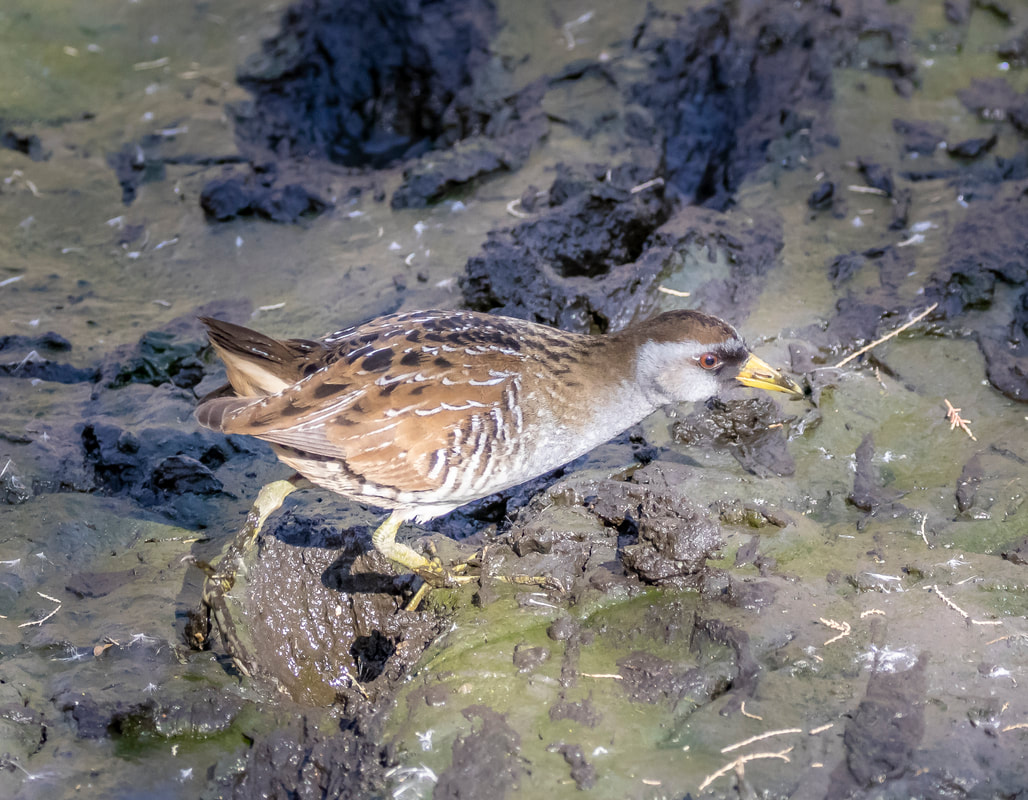
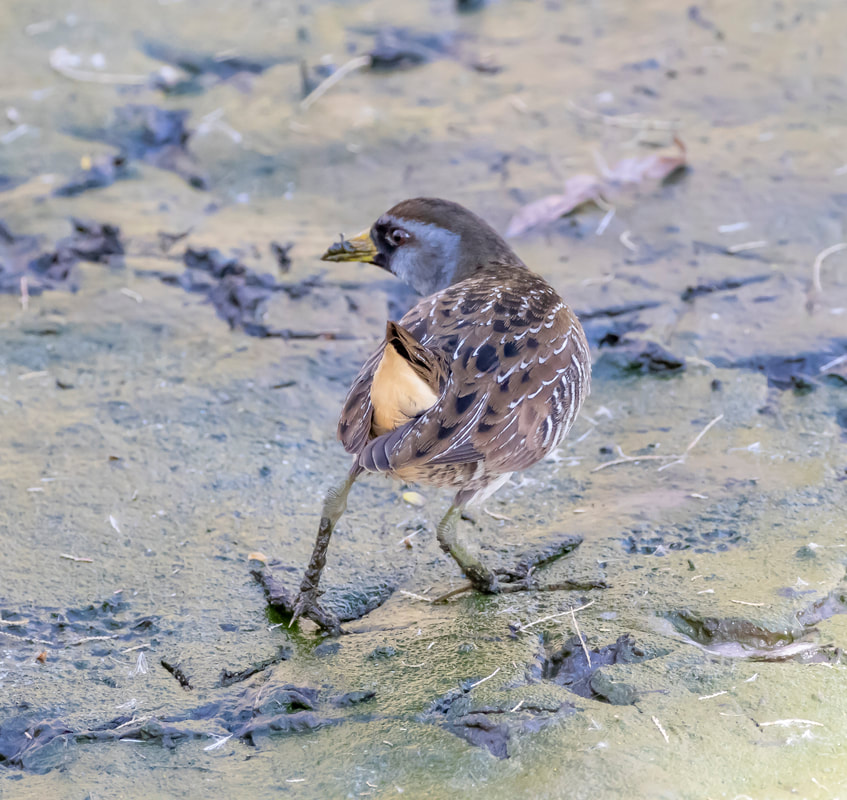
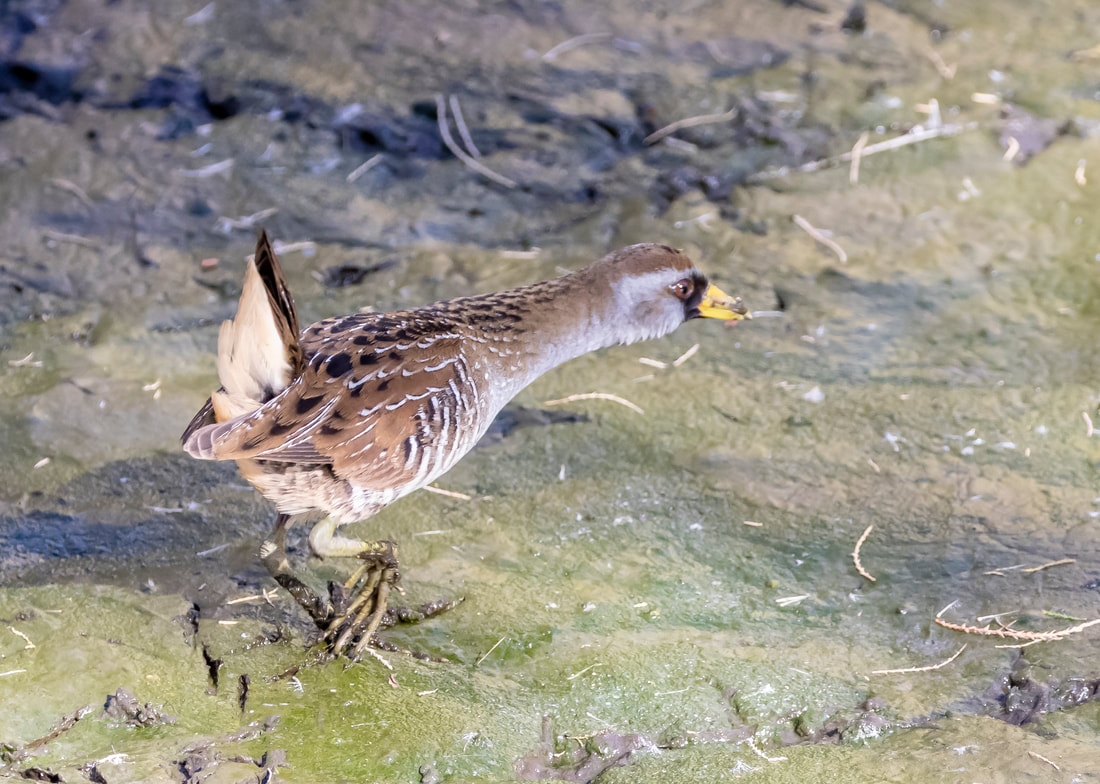
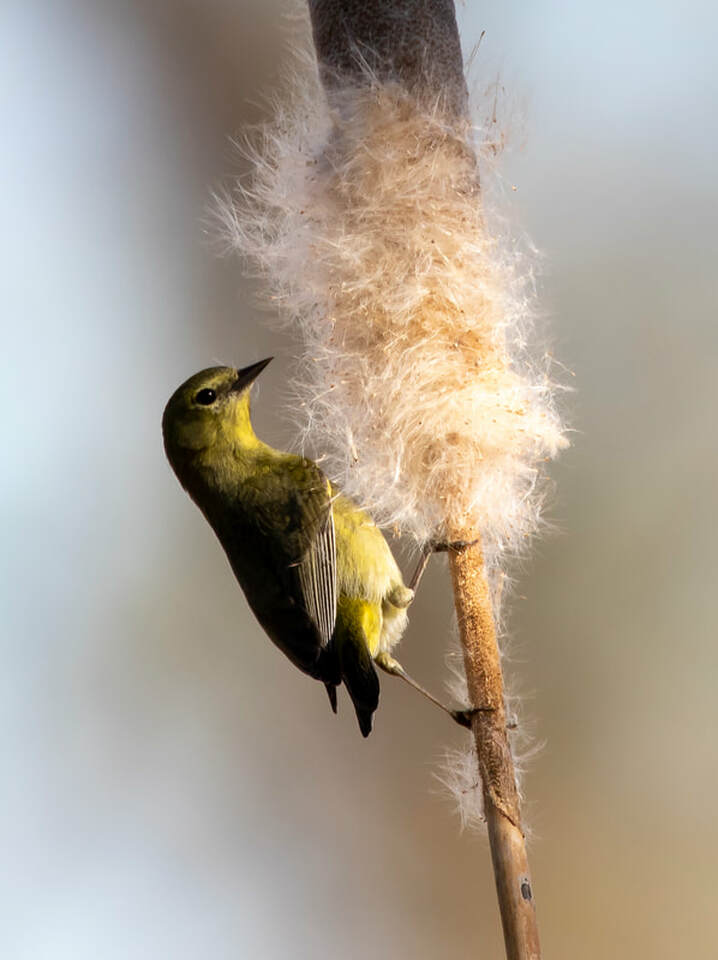
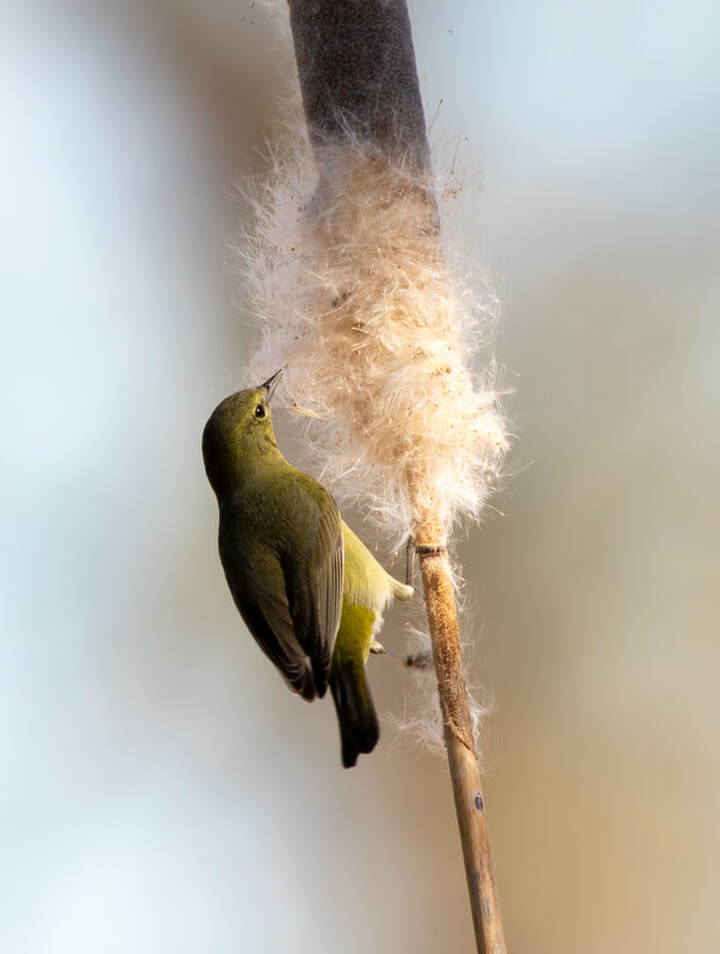
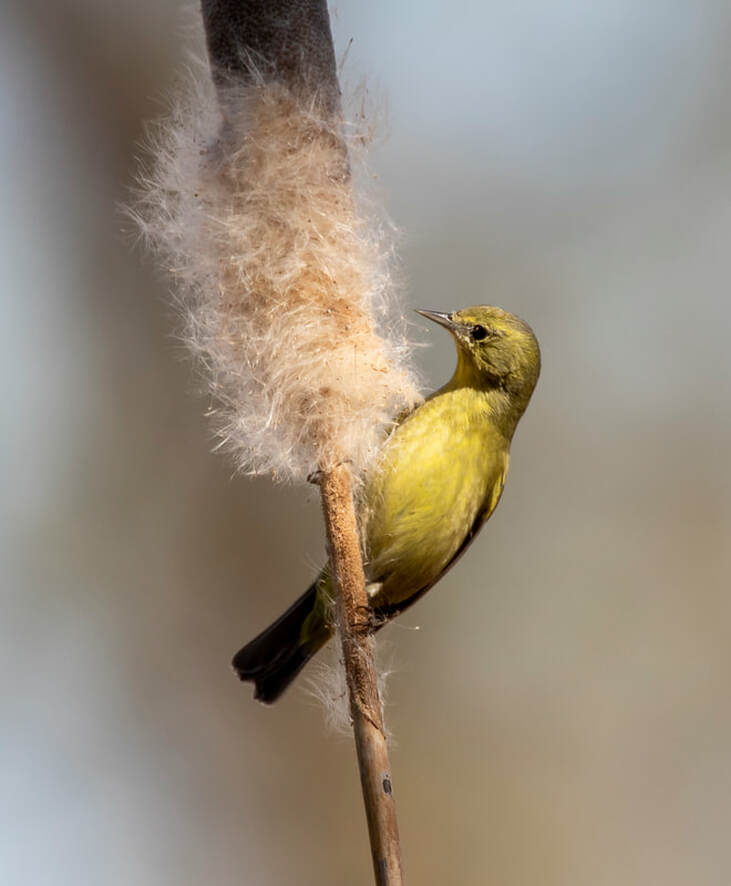
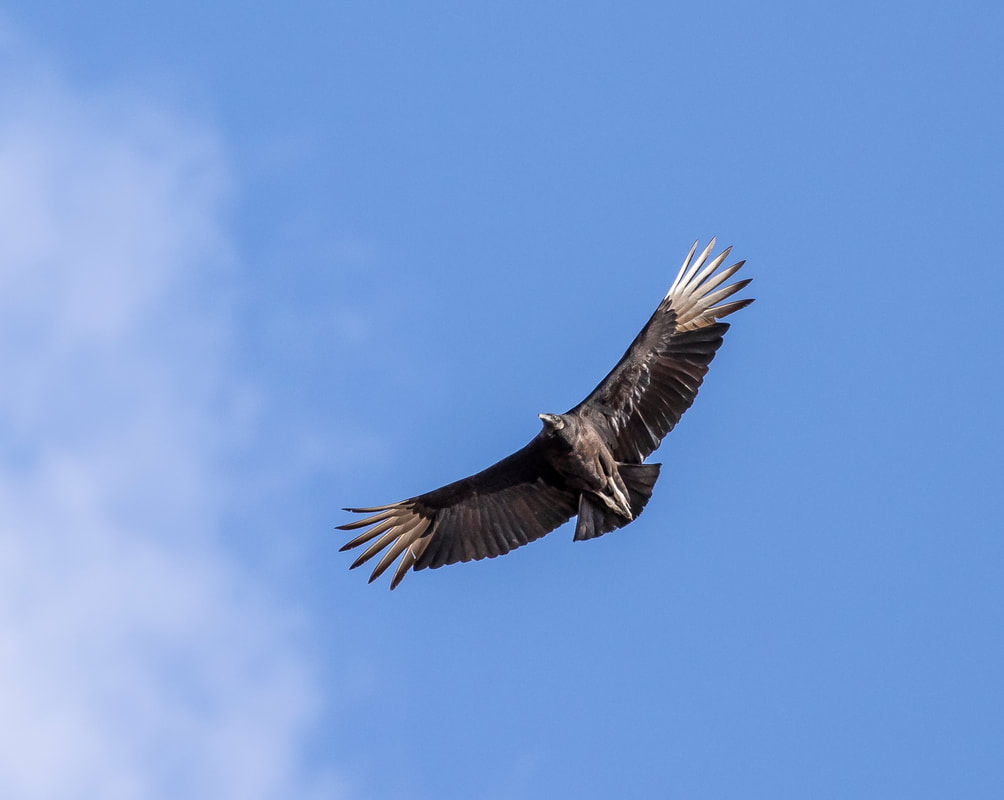

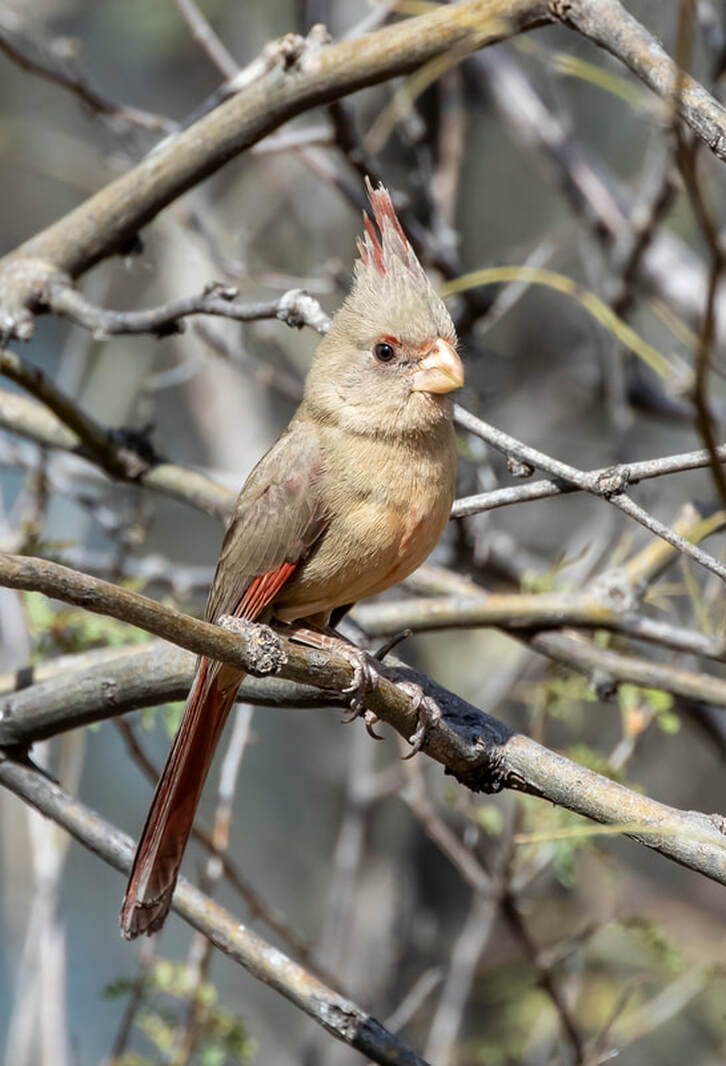
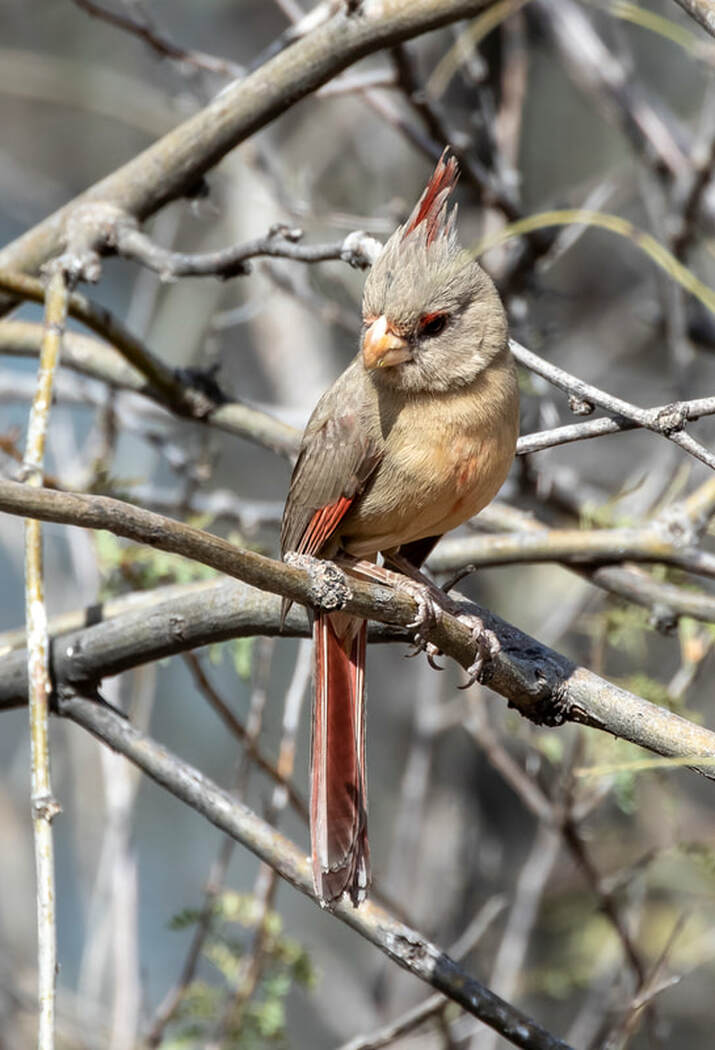
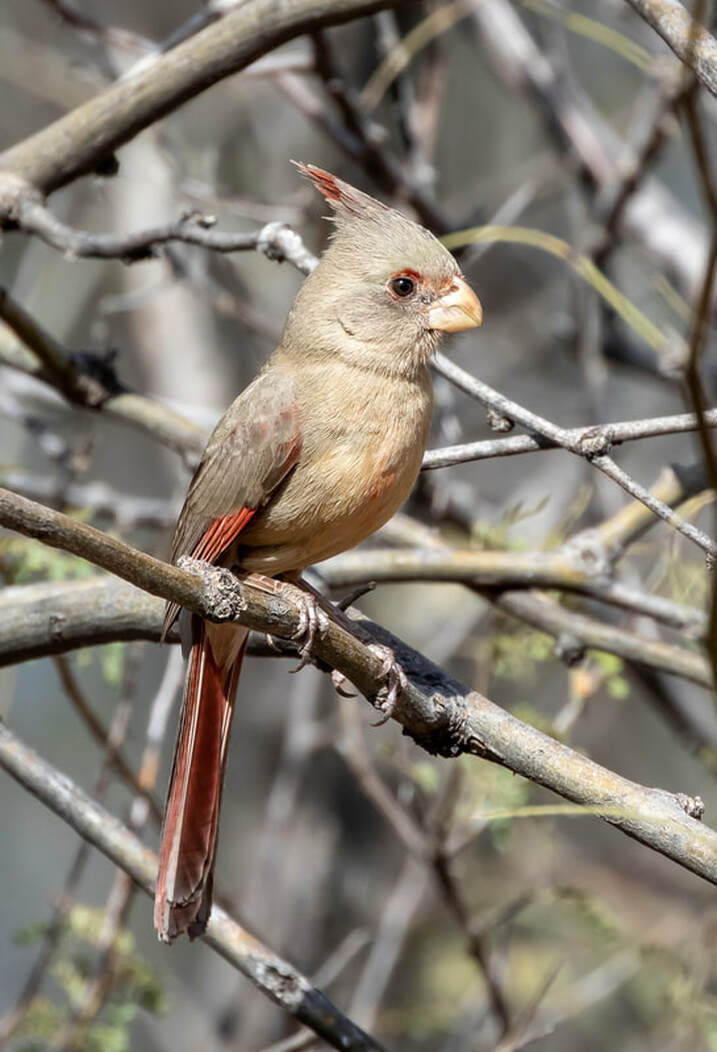
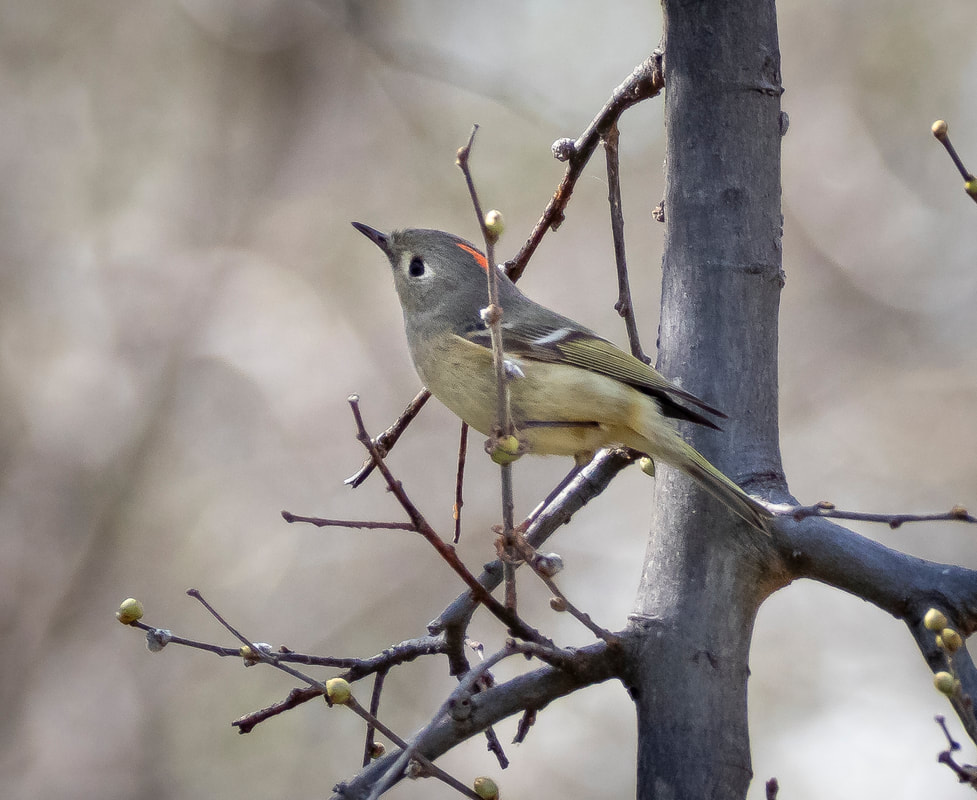
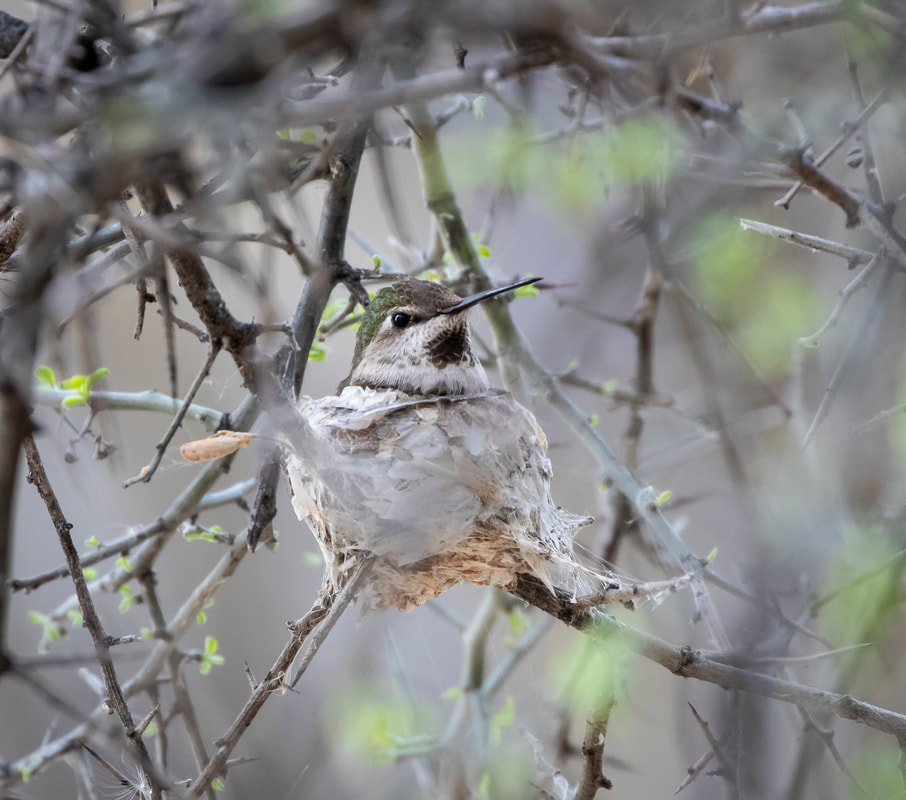

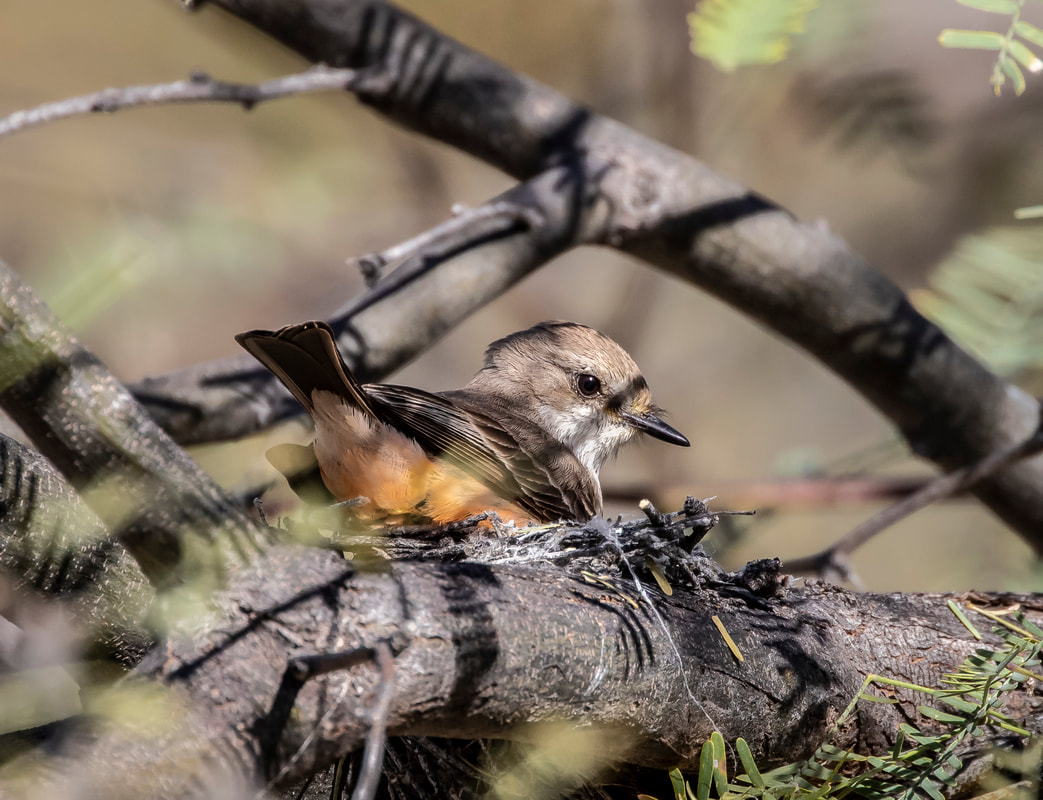
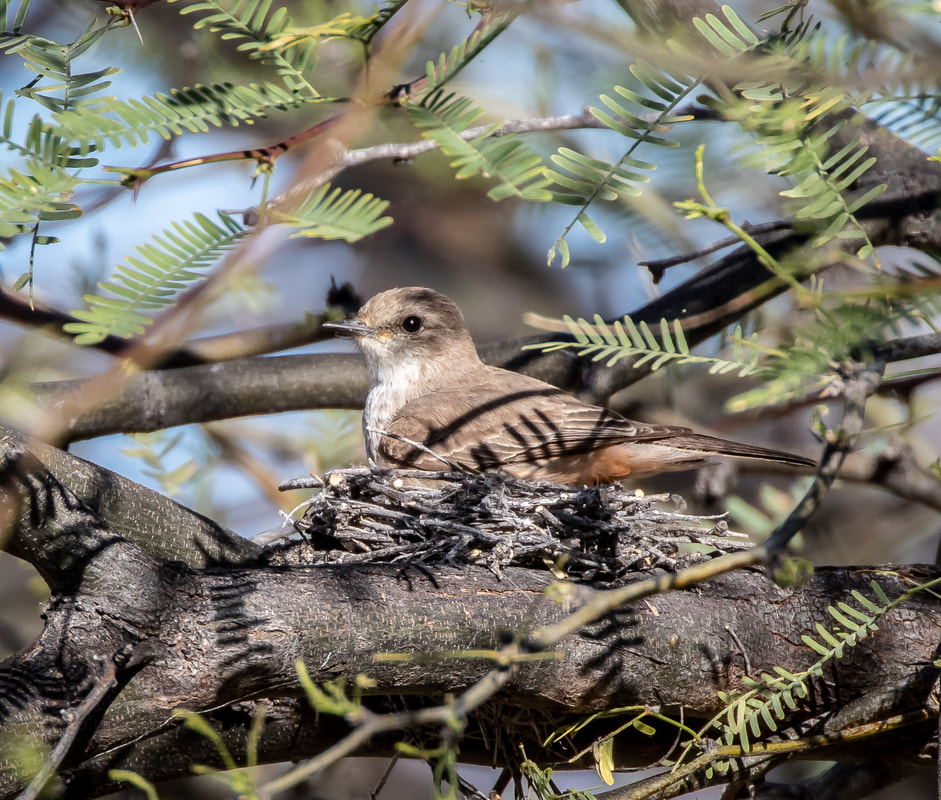
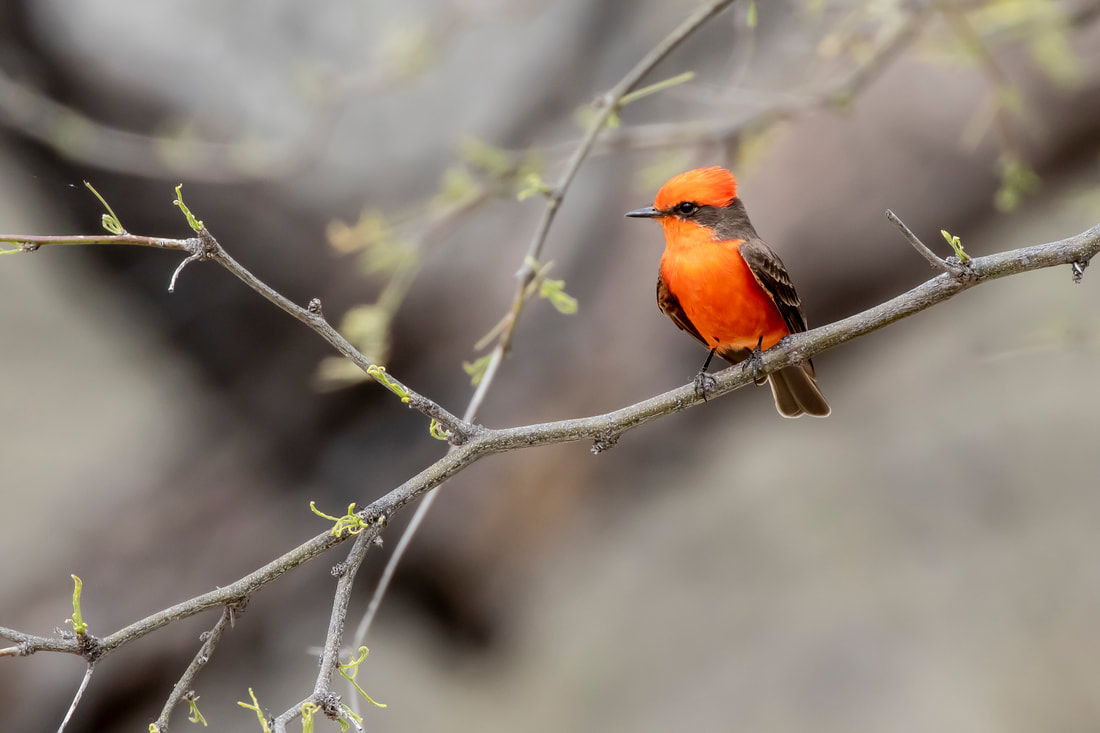
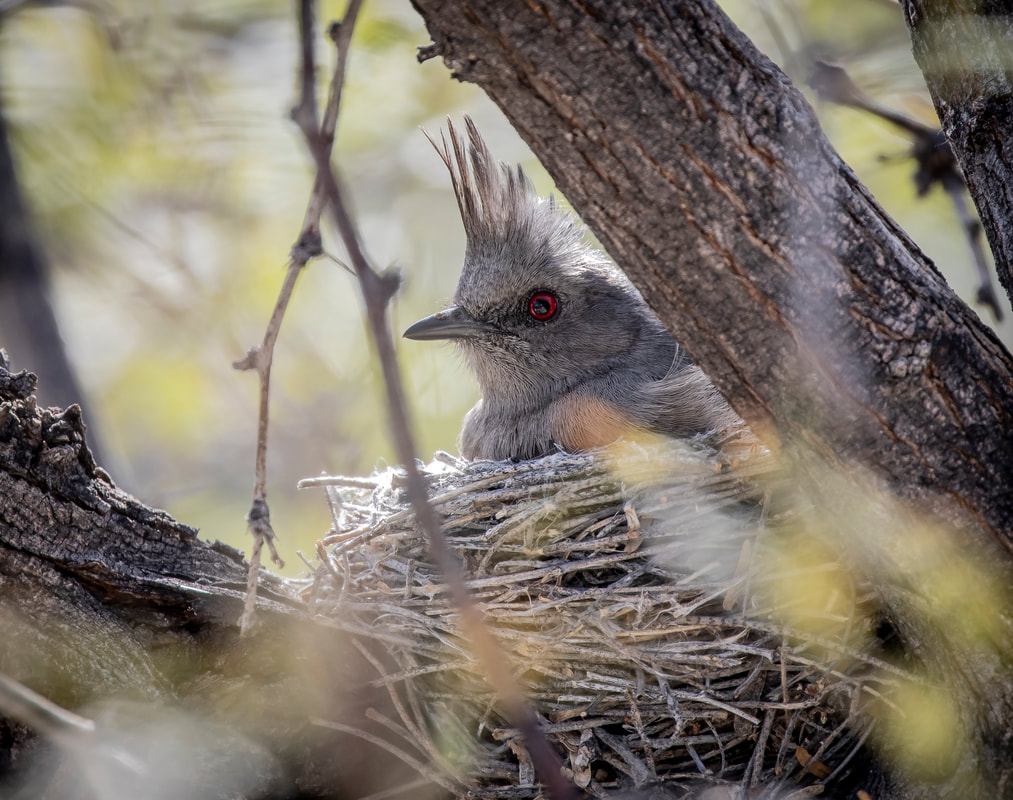
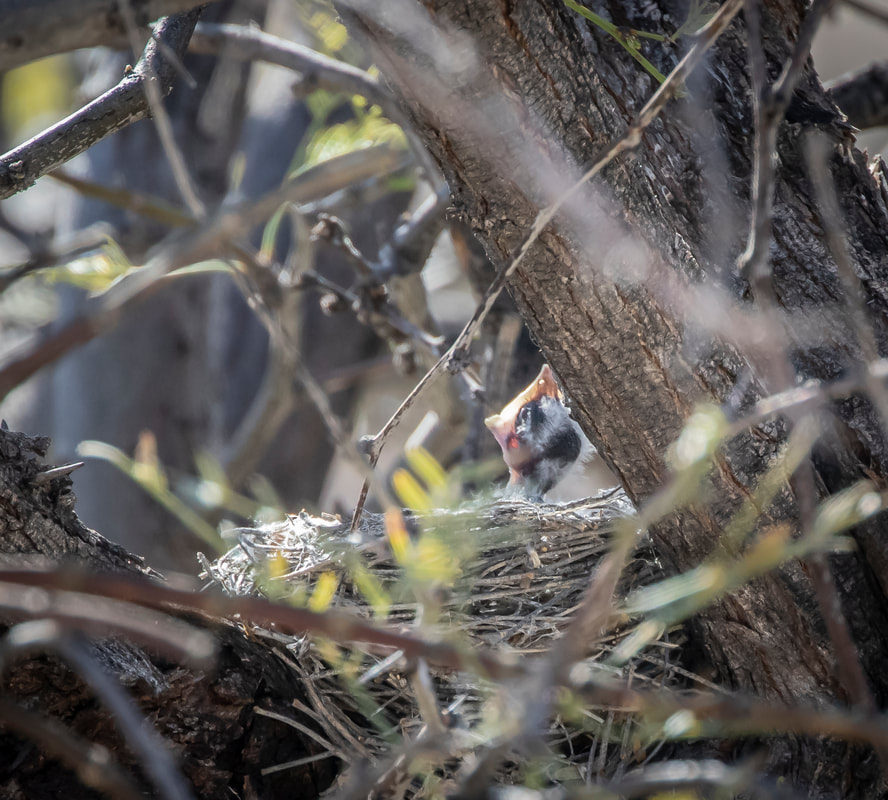
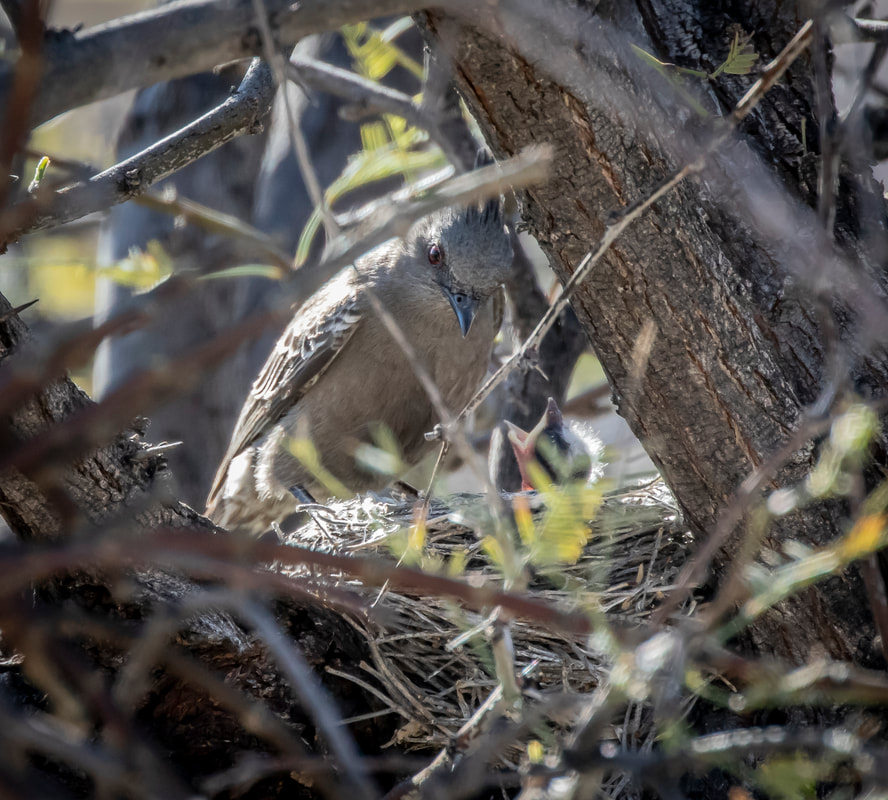
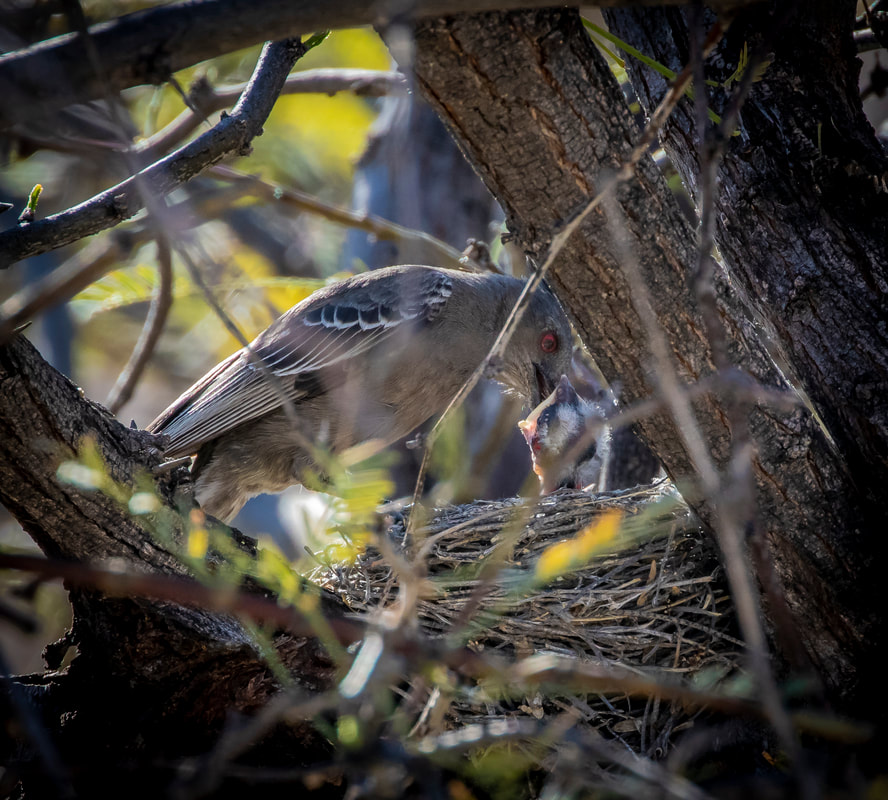

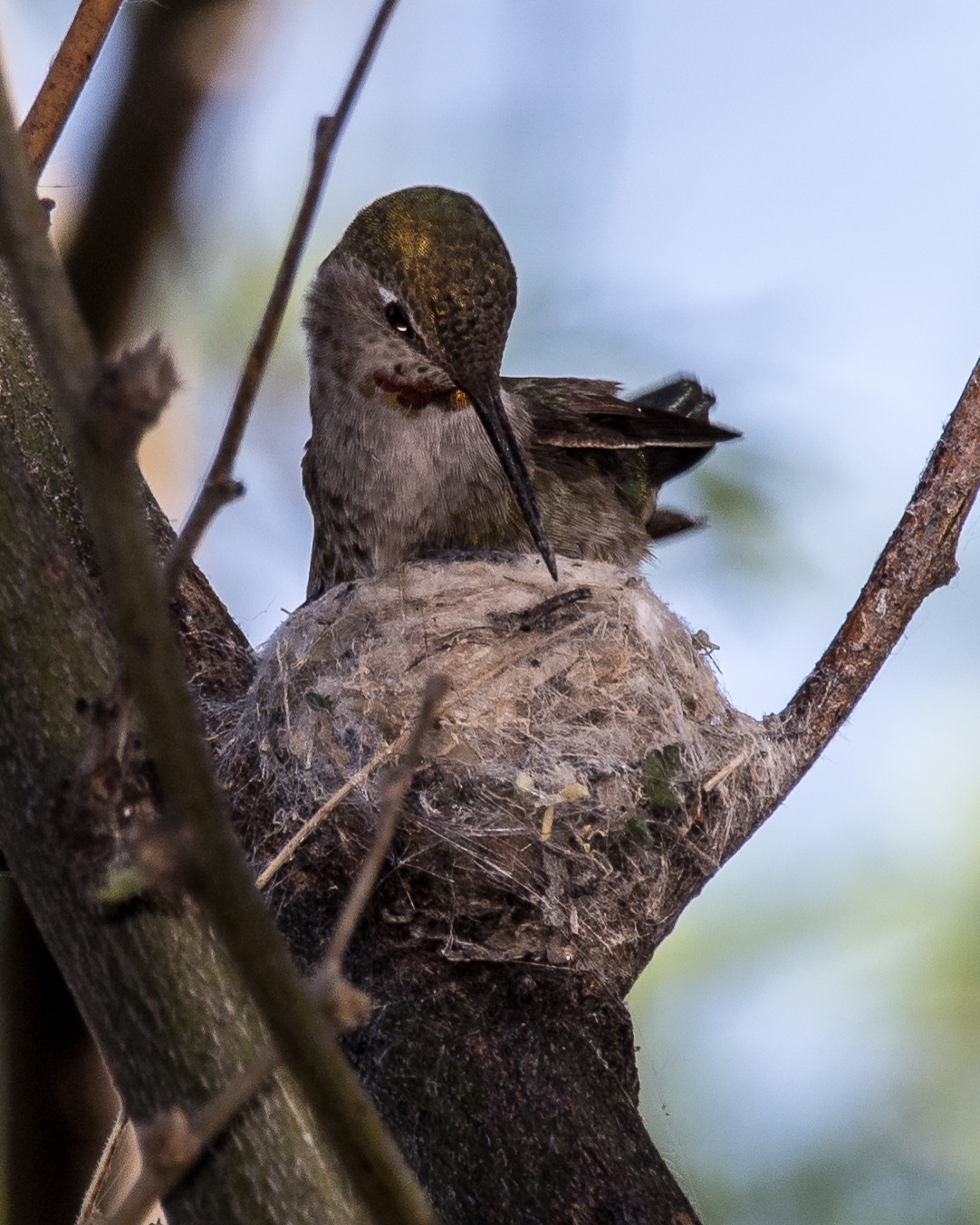
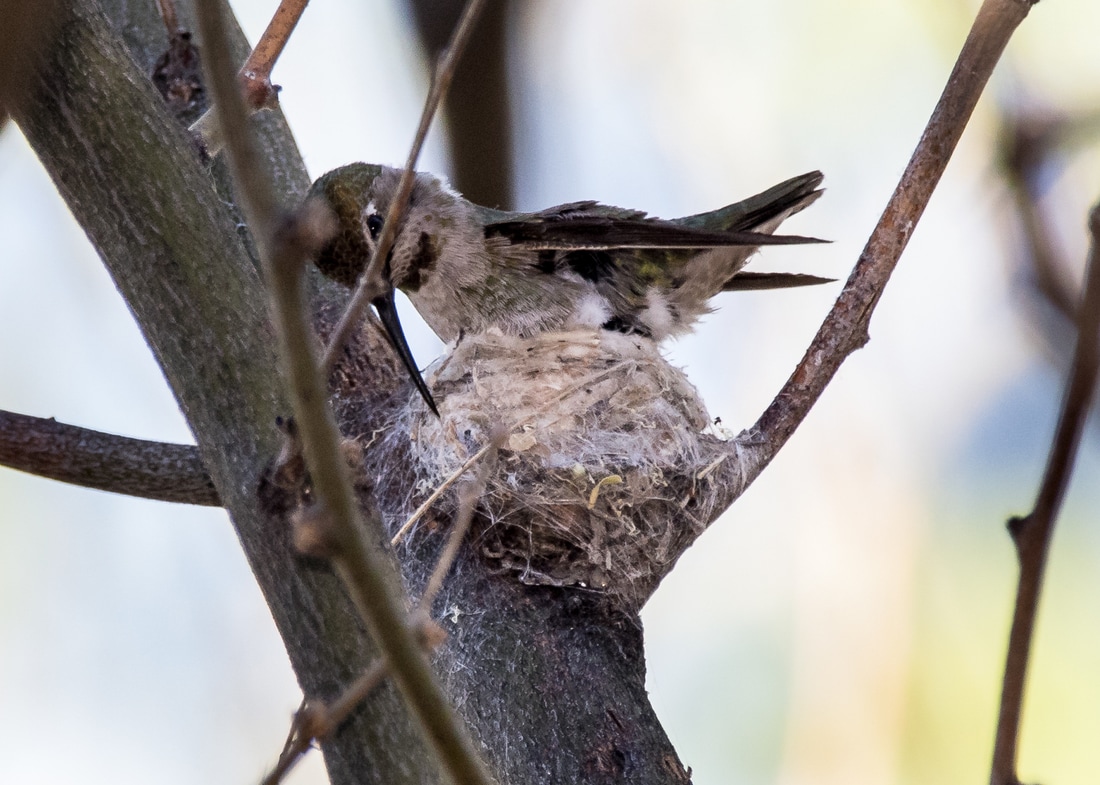
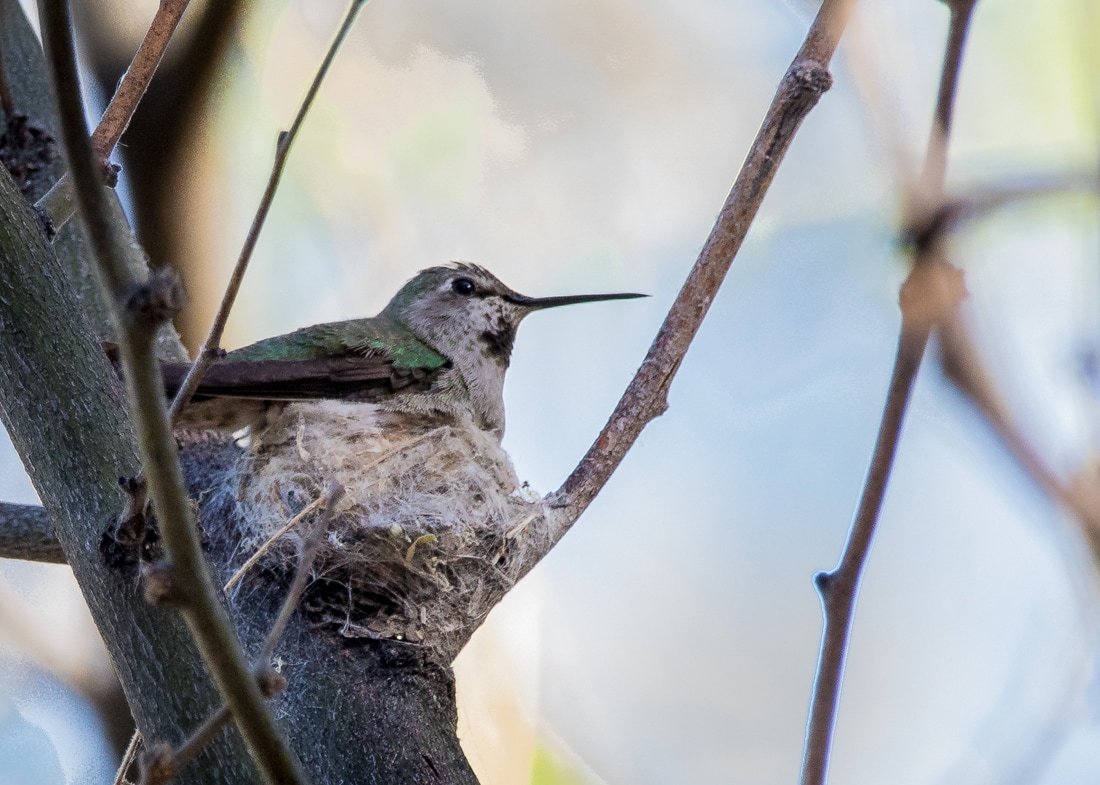
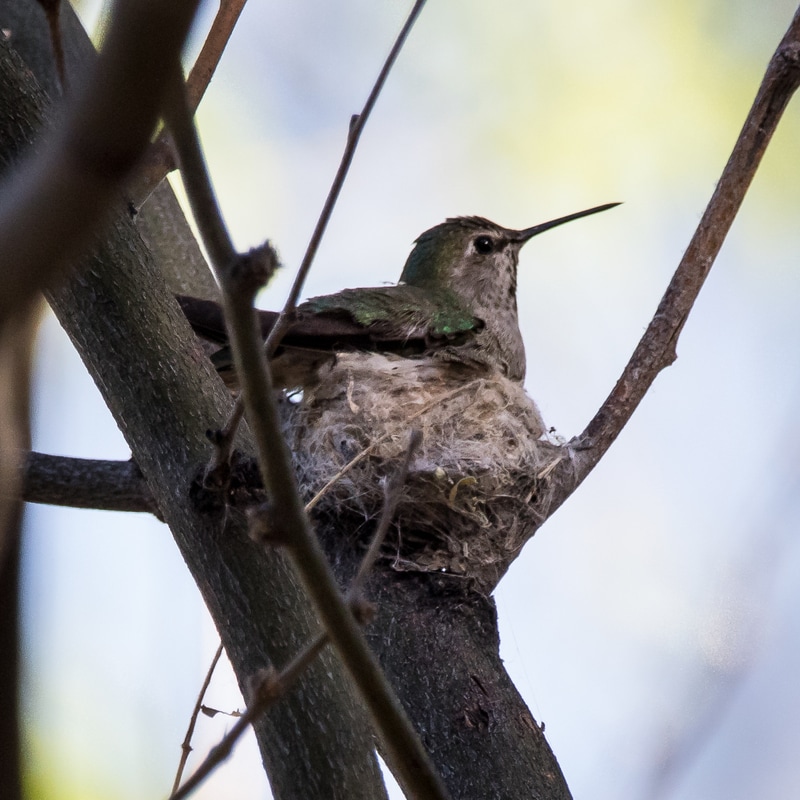
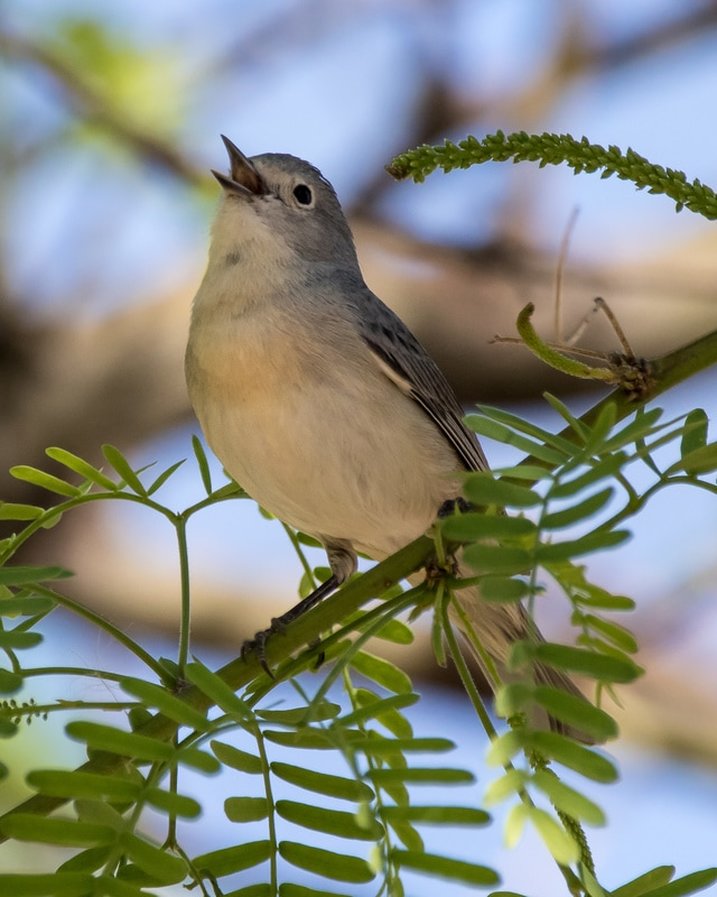
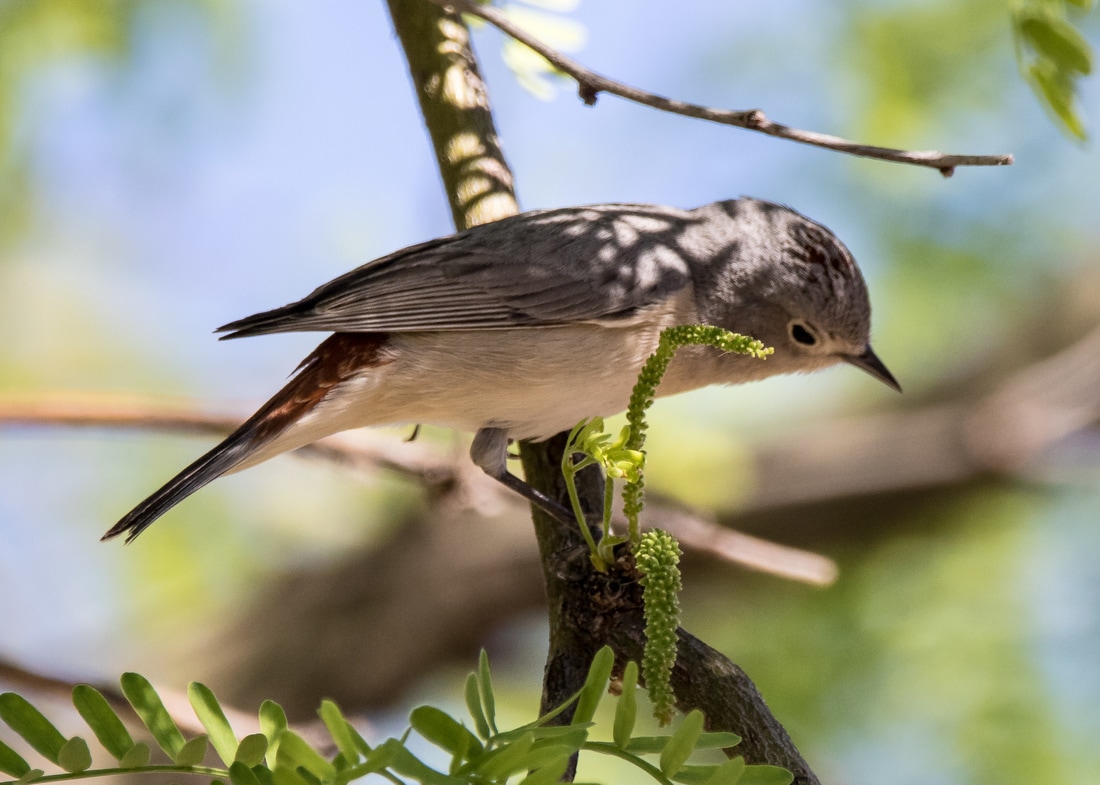
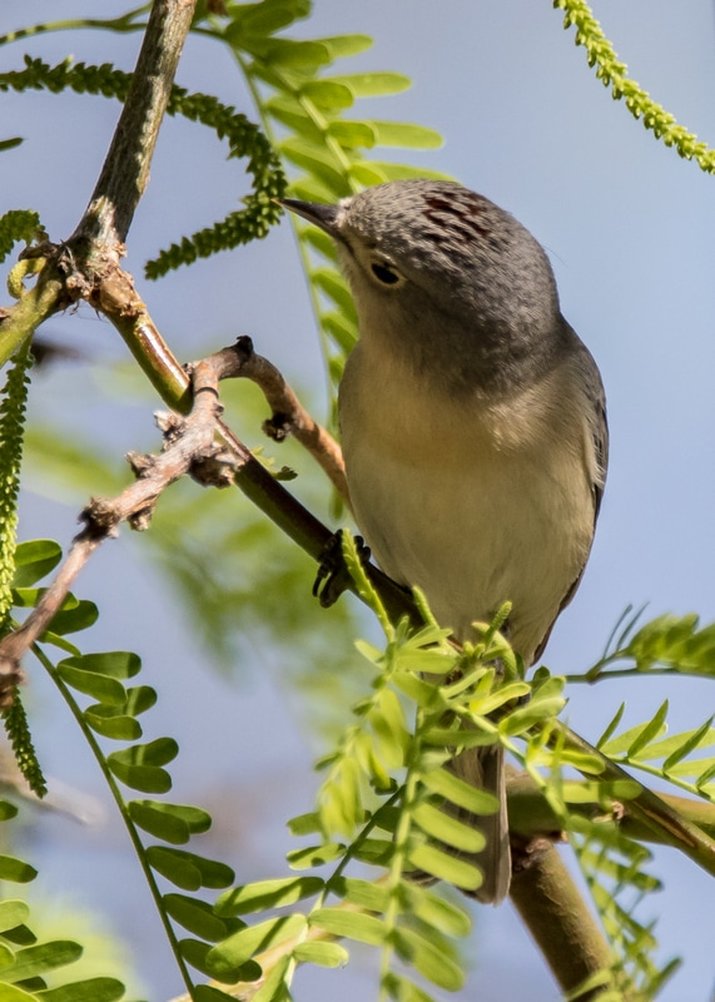
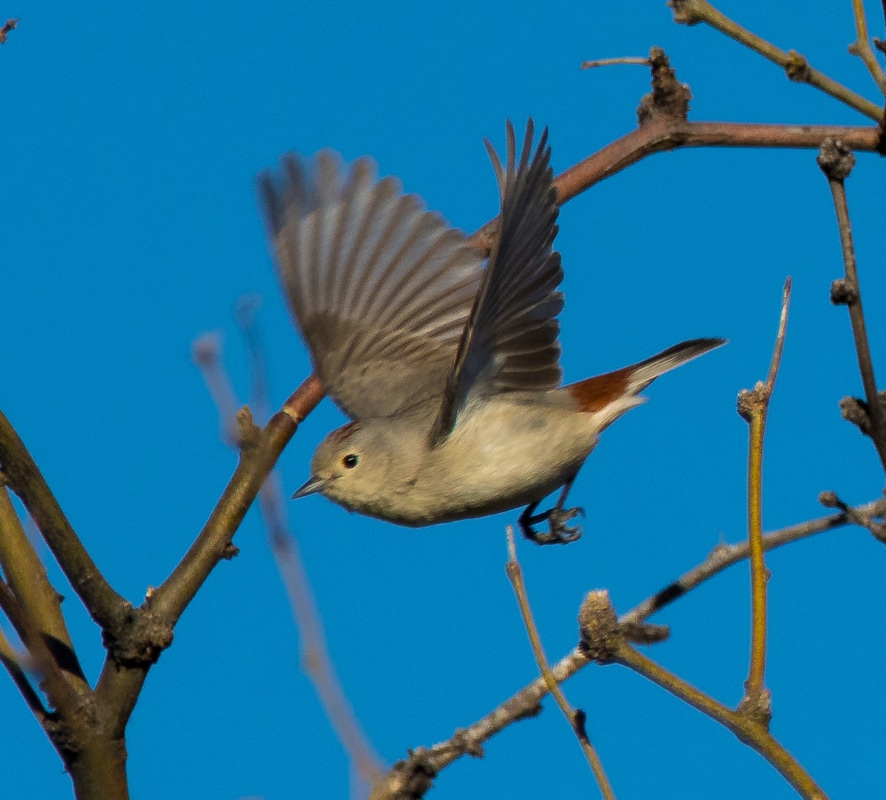

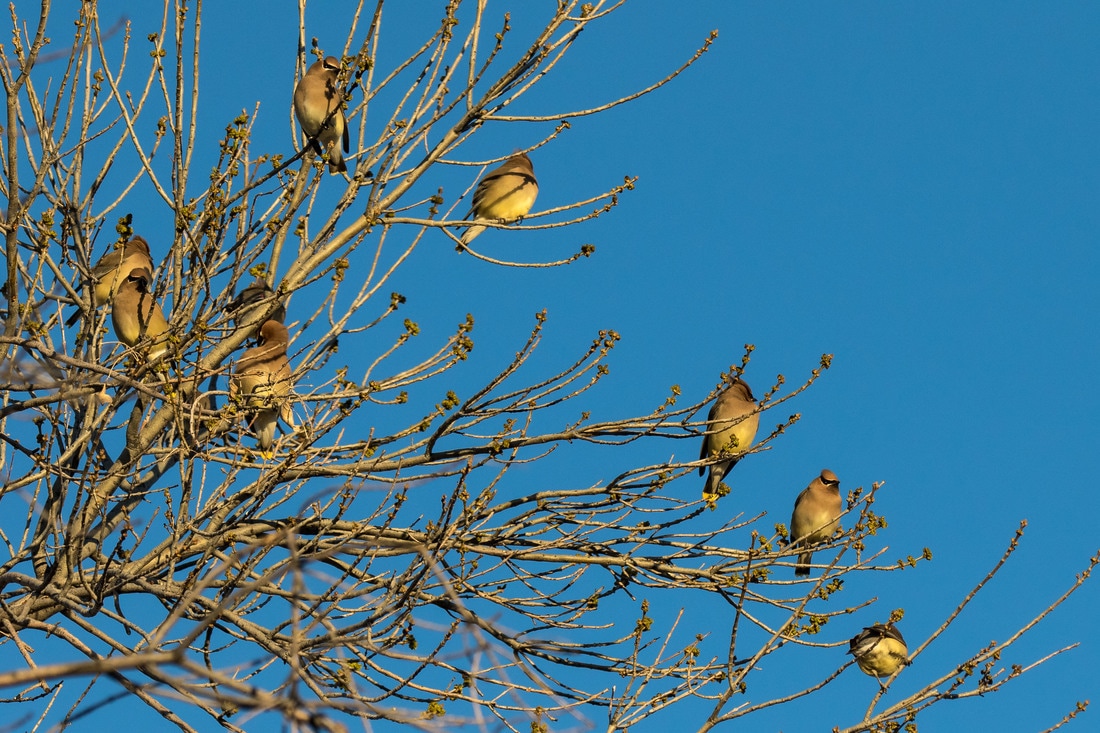
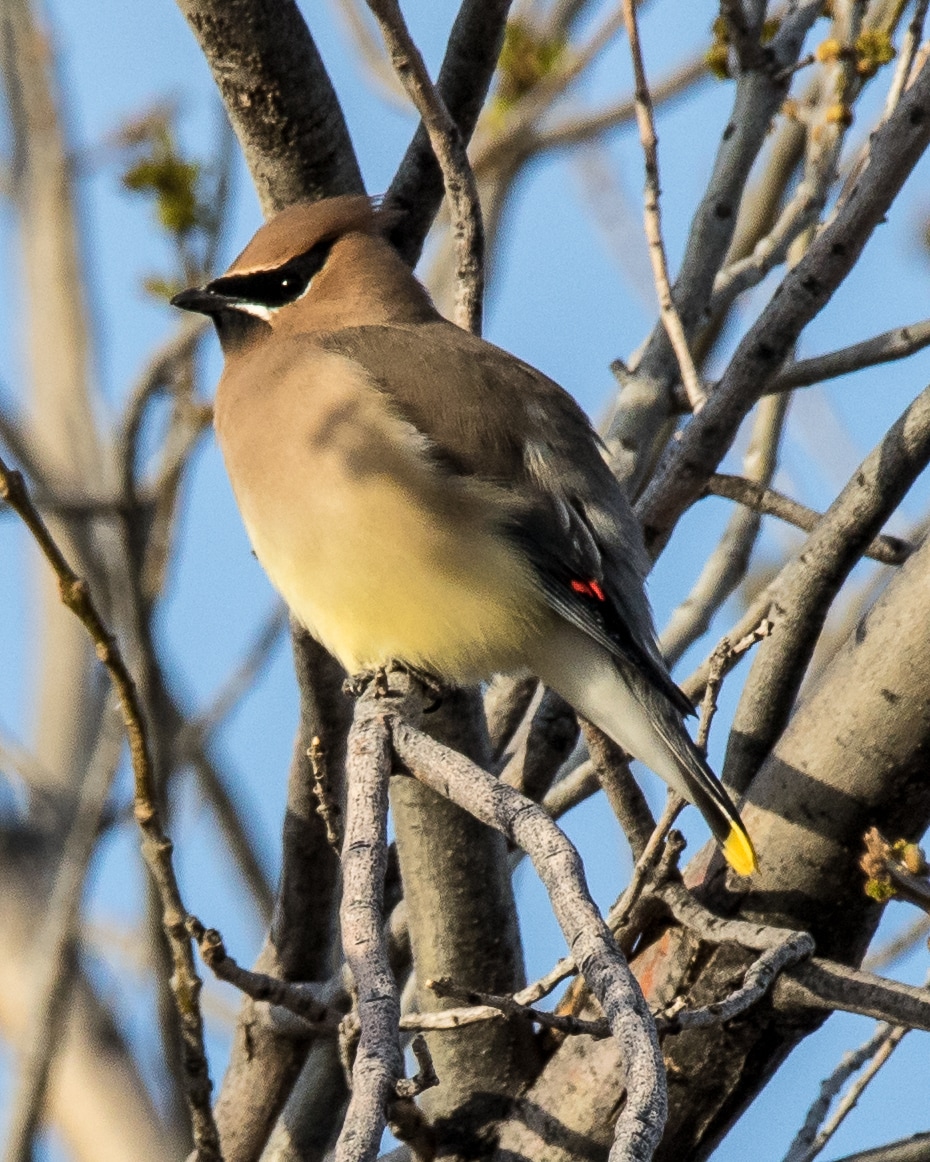
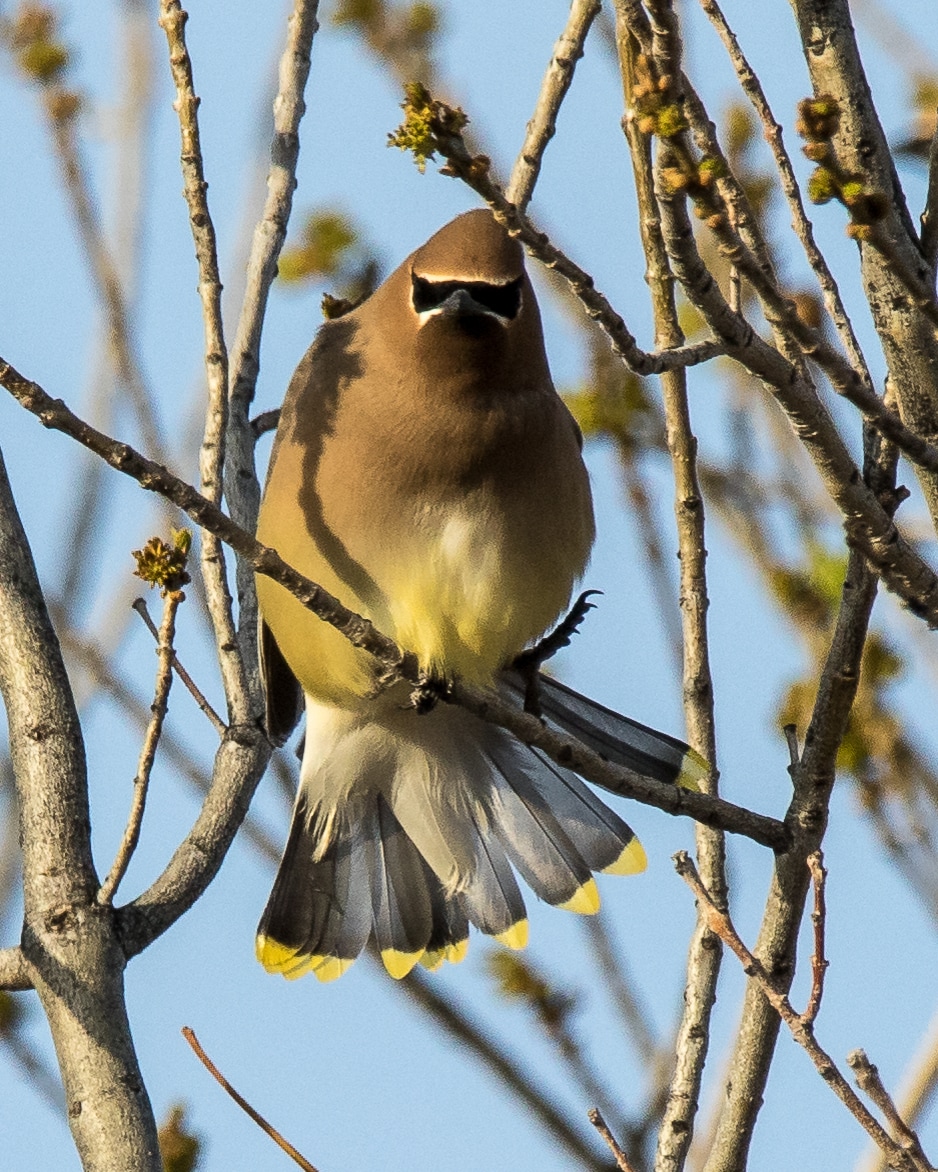
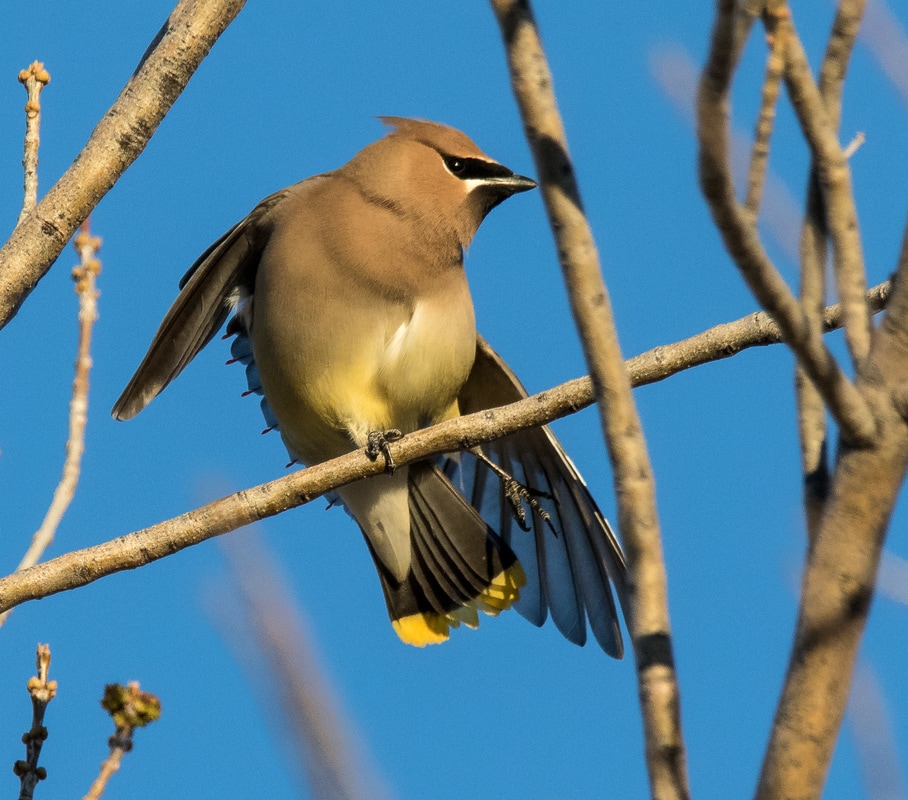
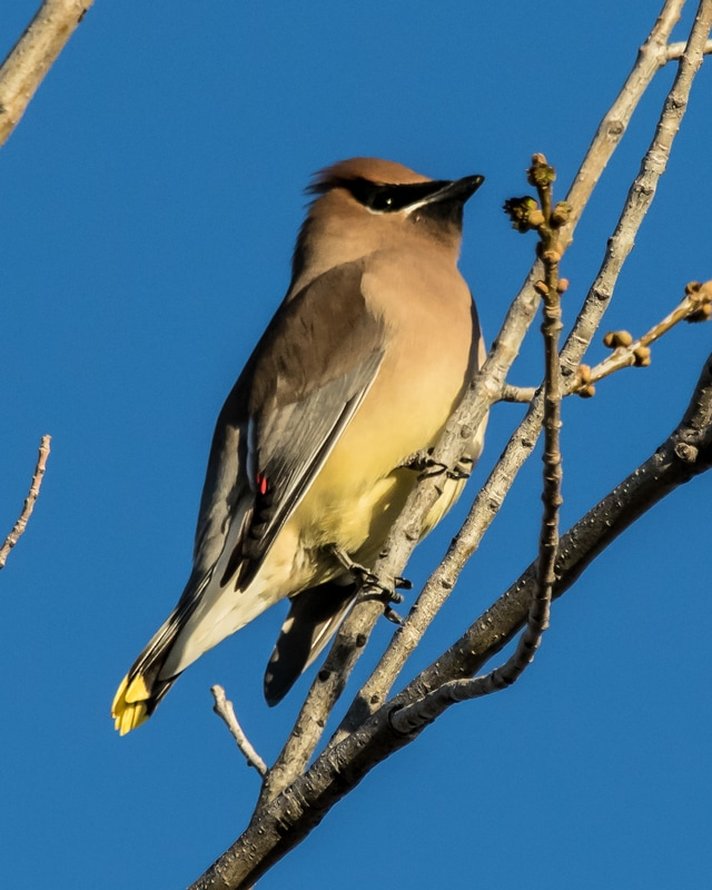
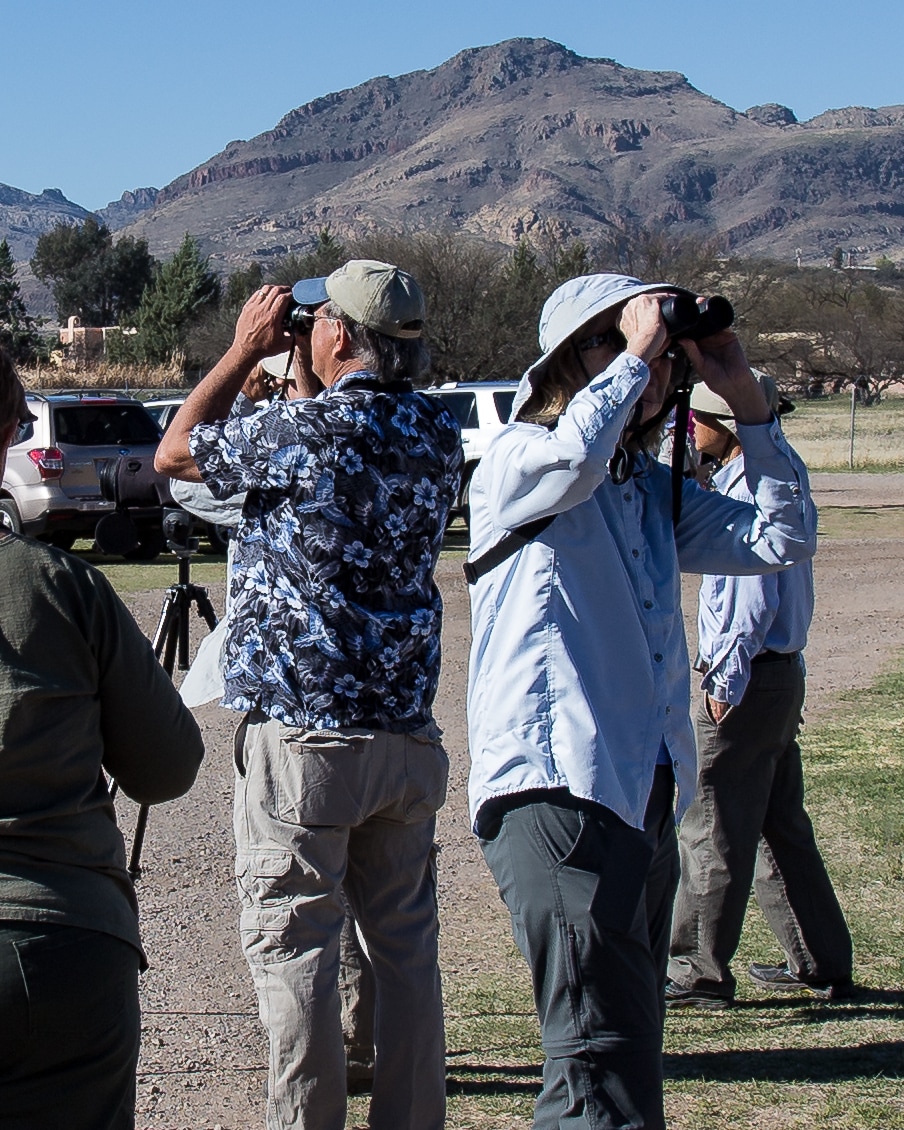
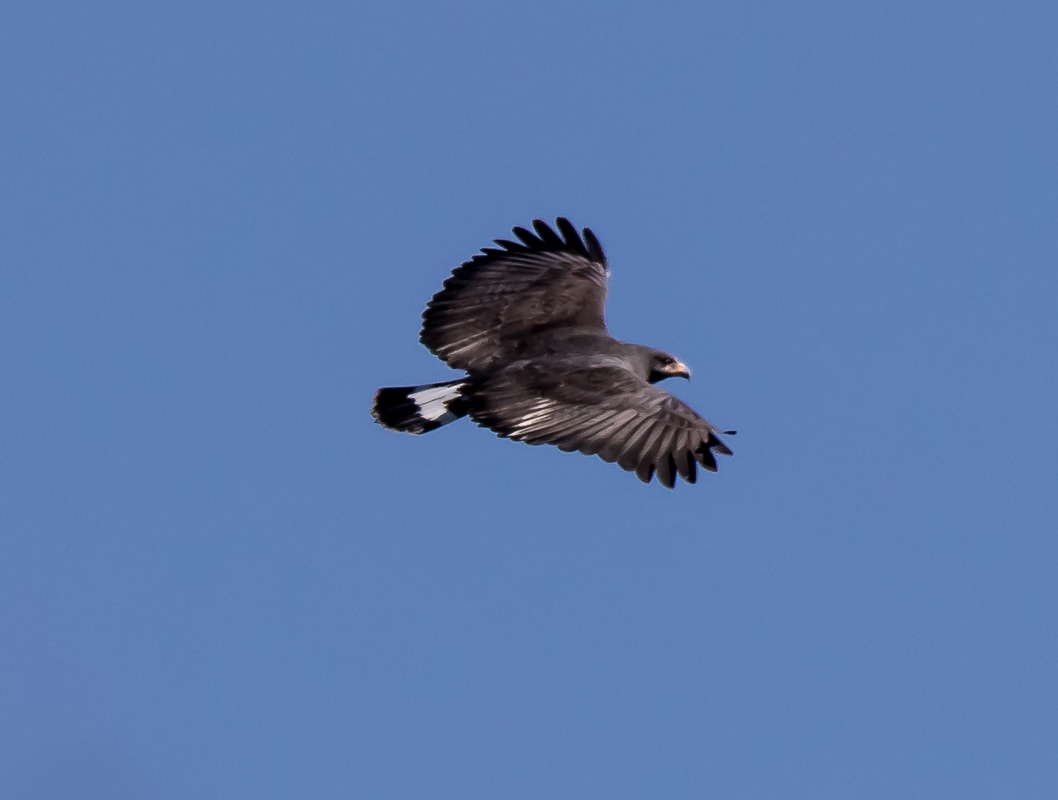
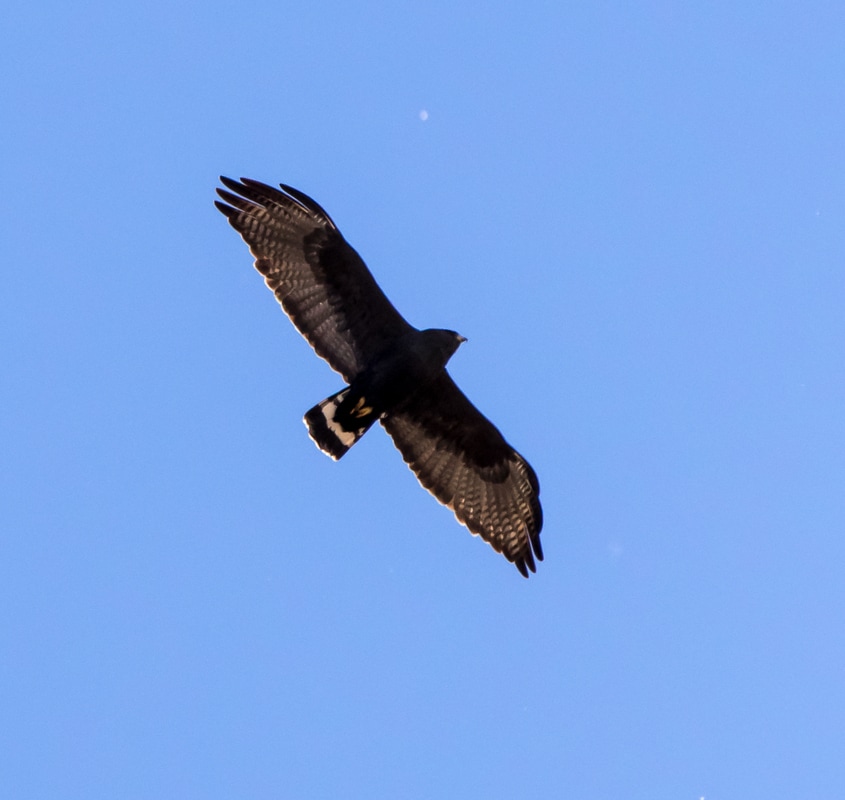
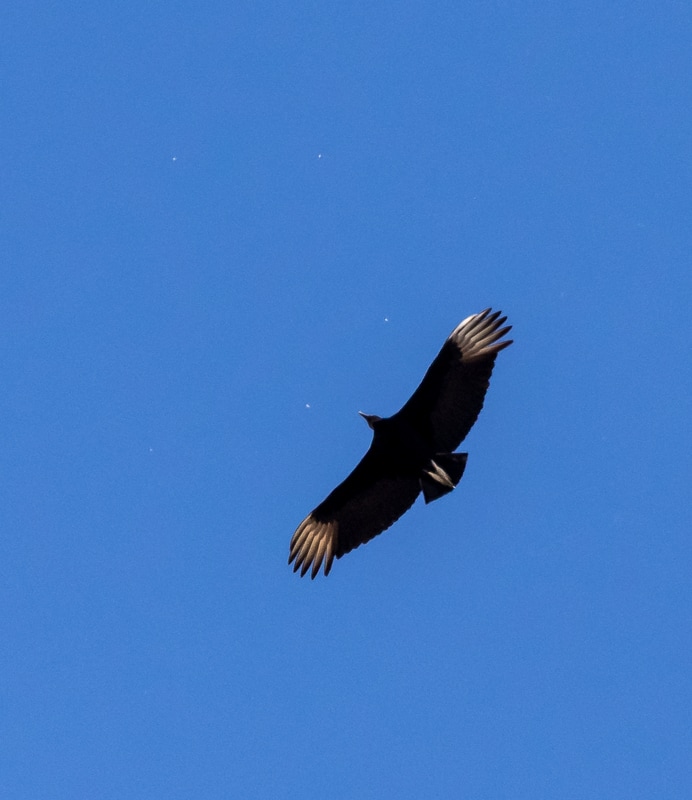
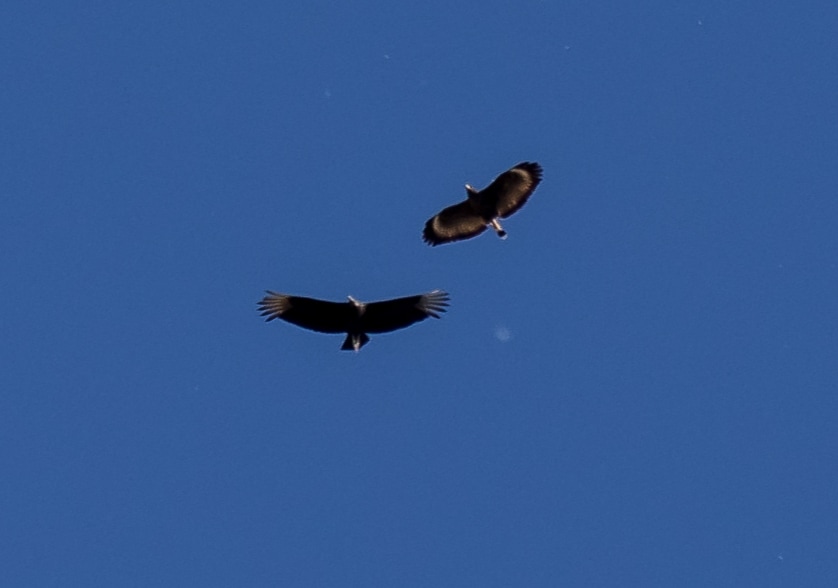
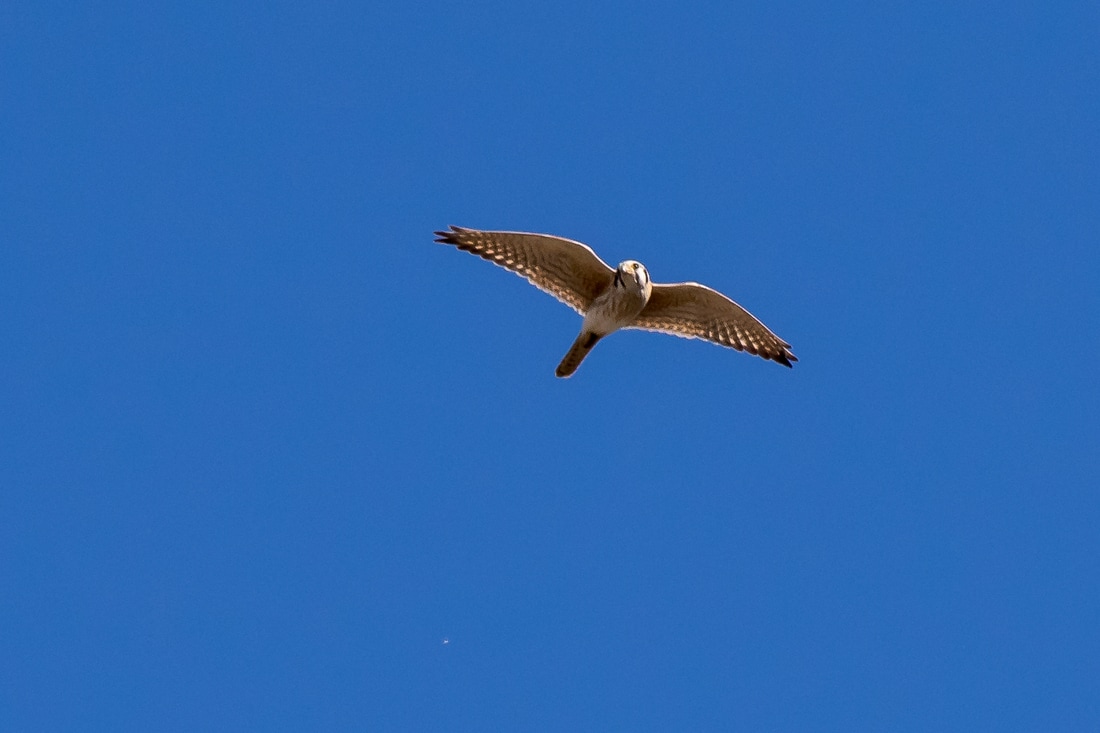
 RSS Feed
RSS Feed